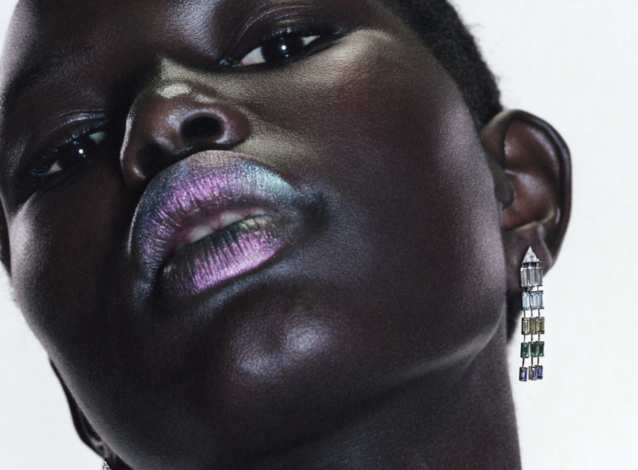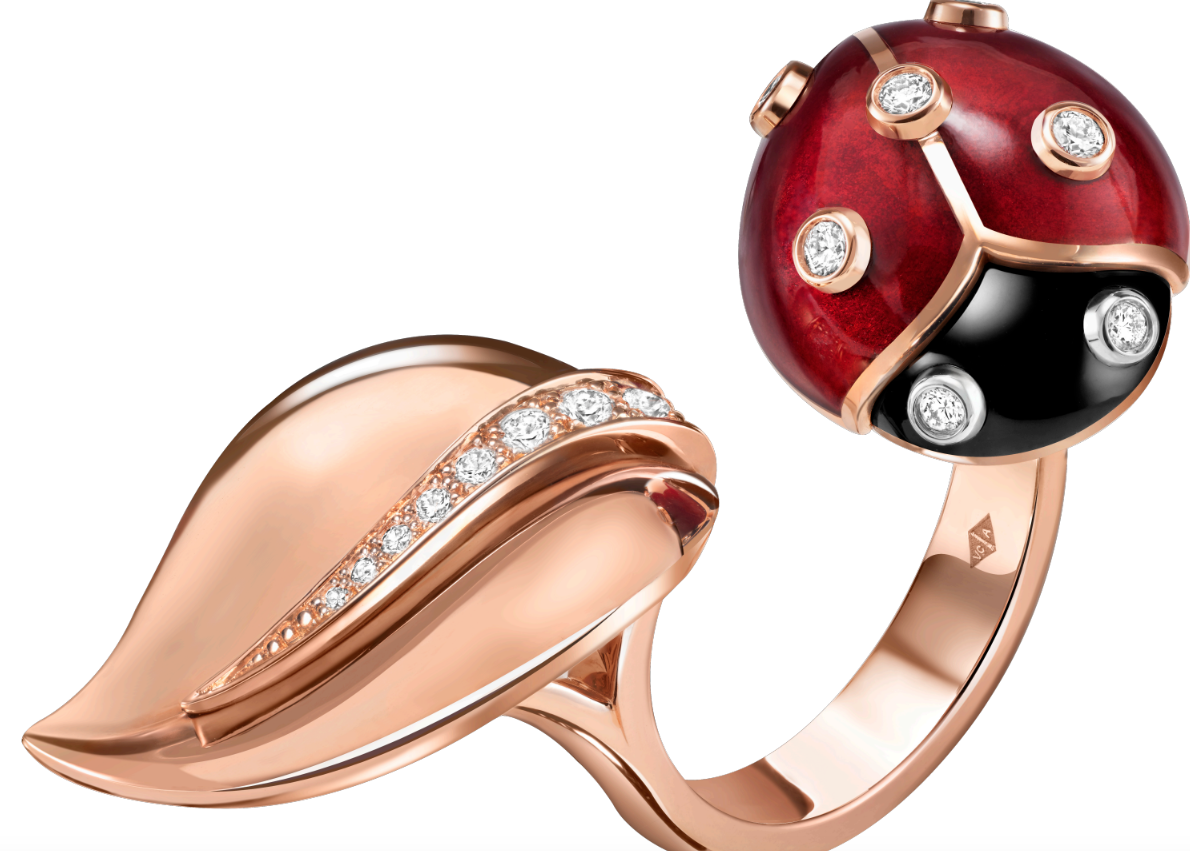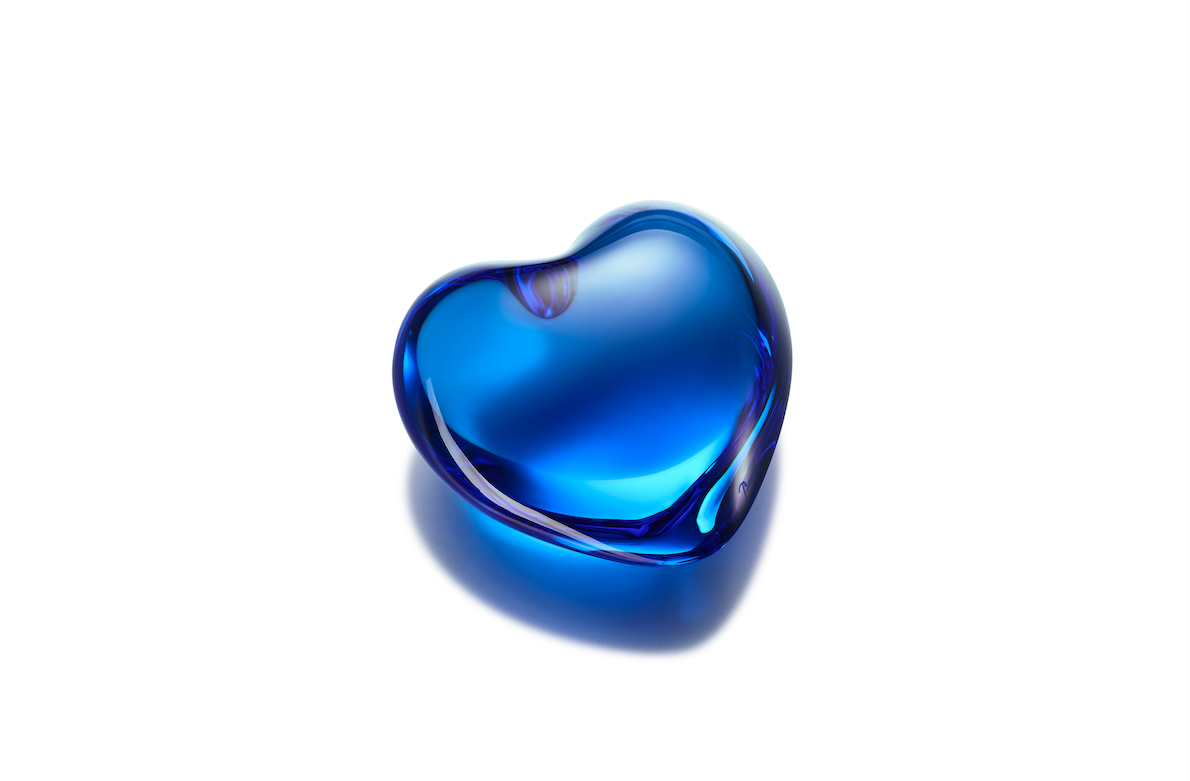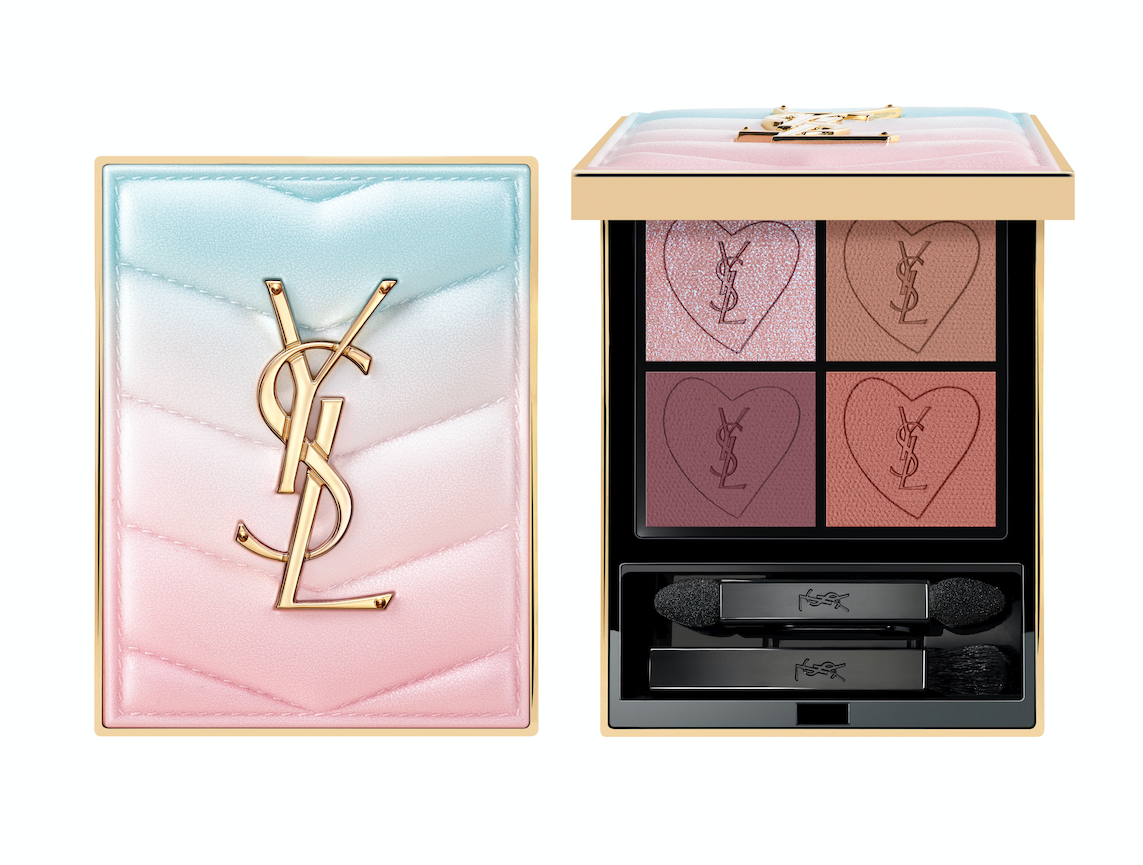Jean-Michel Othoniel on the sculptures that bloom from his floral inspirations
Oct 10, 2023
French artist Jean-Michel Othoniel speaks to Dionne Bel about casting a spell on visitors through his spectacular floral sculptures in his largest solo show in the US since 2012
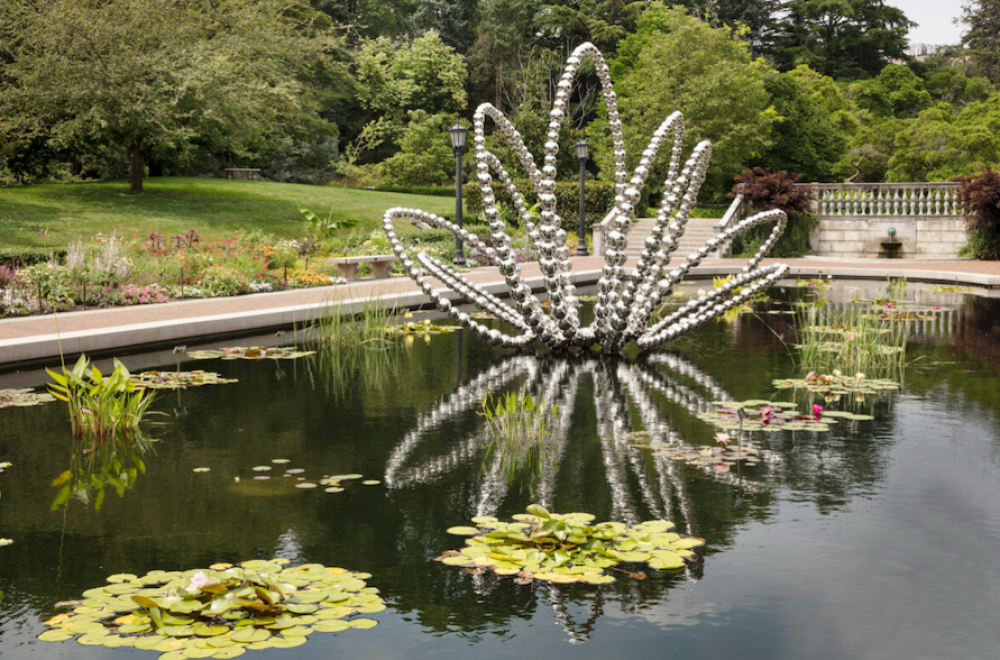
Gardens and flowers are Jean-Michel Othoniel’s passion. Whether outsized beaded necklaces in glass and stainless steel adorningtree branches, or dancing water fountains composed of golden glass orbs in the gardens of the Château de Versailles, his creations have always been at home in nature. In his latest exhibition at the Brooklyn Botanic Garden, on view through October 22, he hopes his abstract floral sculptures, imagined as portals into a universe of beauty and contemplation, will hypnotise viewers as they gaze into their limitless reflections. The Flowers of Hypnosis is Othoniel’s third and final show sponsored by Dior’s Cultural Gardens initiative, which brought his work to gardens in three cities, starting with the Petit Palais in Paris in 2021, followed by the Seoul Museum of Art in 2022 and now to New York.
The six new sculptures spread across the sprawling park provide viewers with a brief escape from the harshness of everyday life. In the Japanese Hill-and- Pond Garden, three gilded stainless steel lotus blossoms appear to float on the pond in which they’re reflected. A single gold-leaf rose rises atop a black steel rod in the Fragrance Garden, while two monumental mirror-bead water lilies lie on the surface of lily pools and echo their surroundings. This September, together with Dior, Othoniel will unveil a bronze sculpture housing a new version of the iconic J’adore perfume in the park.
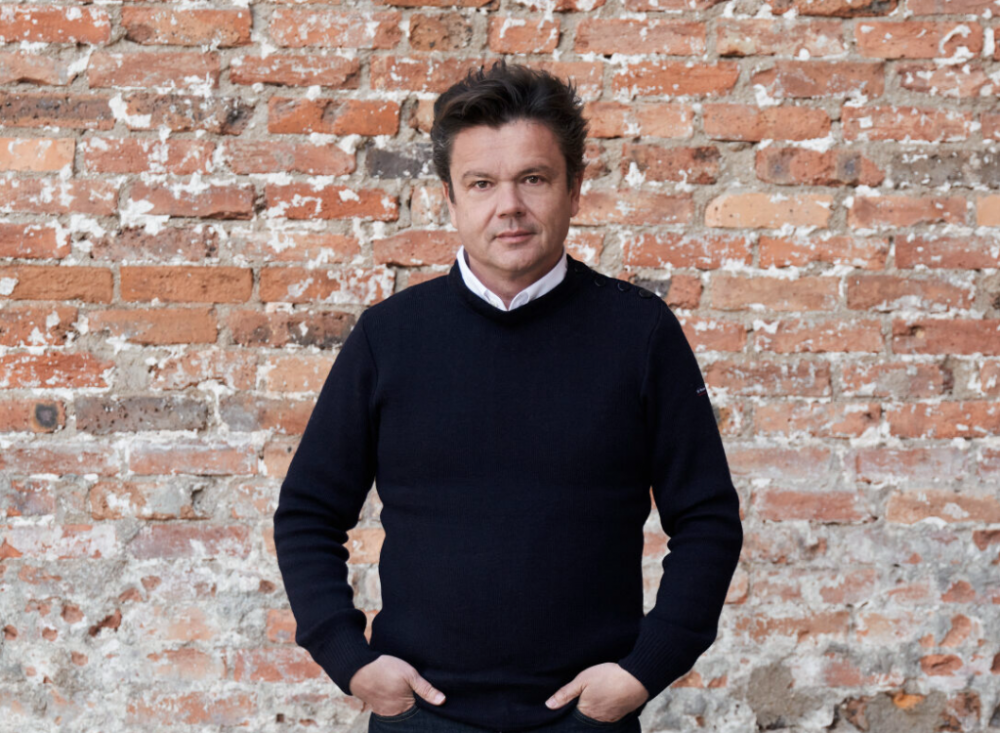
“Gardens leave a great deal of space for the irrational, the inexplicable, the extravagant; they are places of mystery, magic and secrecy,” he says. “The garden of golden flowers is in between dream and reality, offering a moment of re-enchantment.” These flower sculptures will subsequently travel to the Oscar Niemeyer Museum in Brazil for an exhibition in 2024. But Othoniel will return to New York next month for the opening of his solo show, The Reconciliation of Opposites, at Perrotin, which will transform the gallery into a glittering garden showcasing a
new series of colourful flower-inspired paintings and glass-brick sculptures paying homage to the flower- adorned altars that he observed in India.
In the meantime, when not crisscrossing the globe, you’ll find Othoniel tending his very own garden encircling the holiday house he purchased in Sète on the southern French coast, where he has just inaugurated a horizontal fountain made from hand-glazed ceramic tiles punctuated by water jets. This abstract composition in red, blue and black references his giant watercolour evoking the Sète tradition of throwing red flowers into the sea on St. Peter’s Day in memory of fishermen and sailors who have perished. It’s part of his grand plan to build spaces of fantasy and joy accessible to all in an act of resistance against the disillusionment of the world.
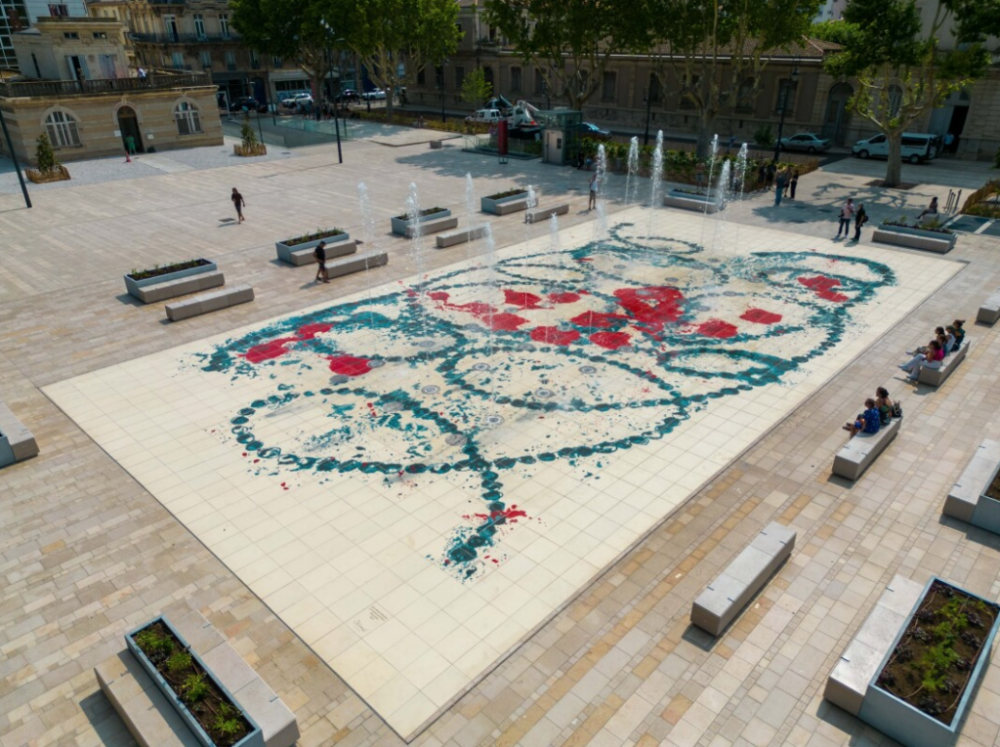
How did this new exhibition, The Flowers of Hypnosis at Brooklyn Botanic Garden, come about?
It’s part of a series with Dior Cultural Gardens, which sponsored my shows in Paris and Seoul. Dior wanted to continue our journey together in New York or LA. I know the Brooklyn Botanic Garden since I had a [retrospective My Way] at the Brooklyn Museum 10 years ago, so I contacted the director, Anne Pasternak, whom I know very well, and asked her if she wanted to help me to convince the new Botanic Garden director to accept the show. He was very excited because he oversaw the Christo show in Central Park years ago, so he knows contemporary art very well. He said, “Let’s do it”, and it happened in almost one and a half years, so it was very fast.
What’s the main idea behind the exhibition?
I’m very happy with the show because it’s very spectacular – six huge sculptures, special production for the site. It’s the same series as the one I did for Korea, but four times bigger. The idea was to make three stories in three different gardens. The first is a Japanese garden, the oldest Japanese garden in the US, and I wanted to pay homage to the lotus in connection with Japanese culture. The lotus is important in Asia and in relation with Buddhism and Confucianism. Then there is a fragrance garden made in the 1950s by a woman who created a landscape around the idea of fragrance for blind people. All the labels are in Braille, you can touch the flowers
or herbs, and they all smell. I put a rose on a pedestal in the centre of this garden. It’s a big, abstract sculpture
and we will do a performance with perfume for young blind people with Francis Kurkdjian, the nose of Dior, in September. The third garden is about the water lily, so here I did gigantic water lilies in mirror-polished stainless steel. They are very big pieces and reflect the entire lily pond, all the colours of the water lilies and the sky.
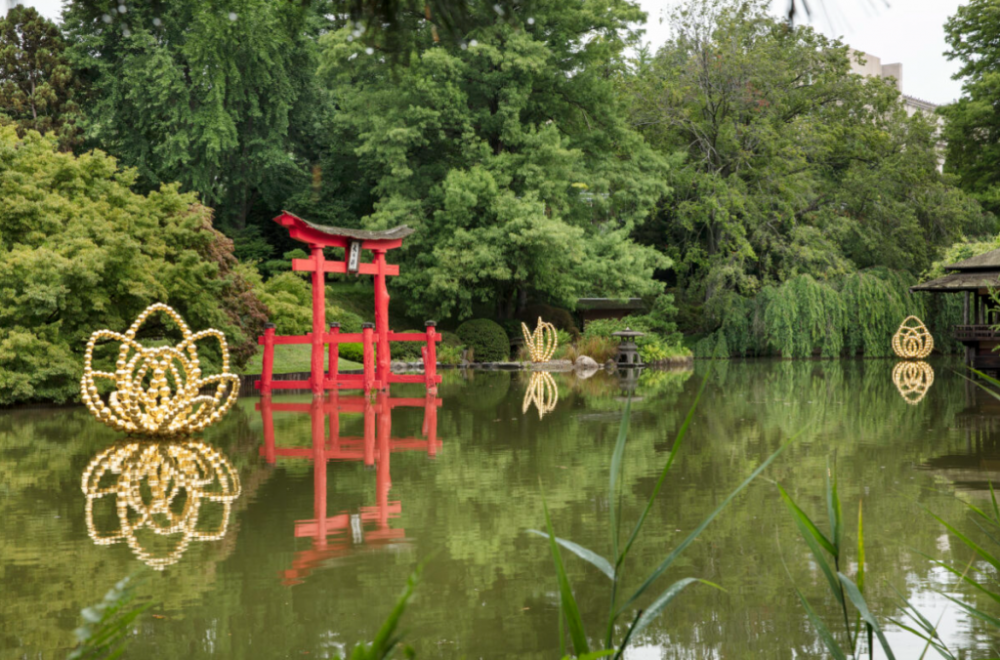
Your sculptures celebrate the lotus flower, the rose and the water lily. What do these three flowers represent to you on a personal level?
The lotus was how I discovered Asian culture, so it’s very important for me because it was a step to accept beauty in my work and to go further and see how beauty can be a step to spirituality. The rose is a flower I already experimented with in my show at the Louvre. It’s a more contemplative and very sensual flower with a strong fragrance. Femininity is very important in this flower, and it’s very architectural: it’s very well composed and all the petals are so sharp. It has pushed me in my work to reach another level. The water lily is more about my connection with a European type of beauty, like how the Impressionists and Monet used it as a symbol of pure hedonistic pleasure.
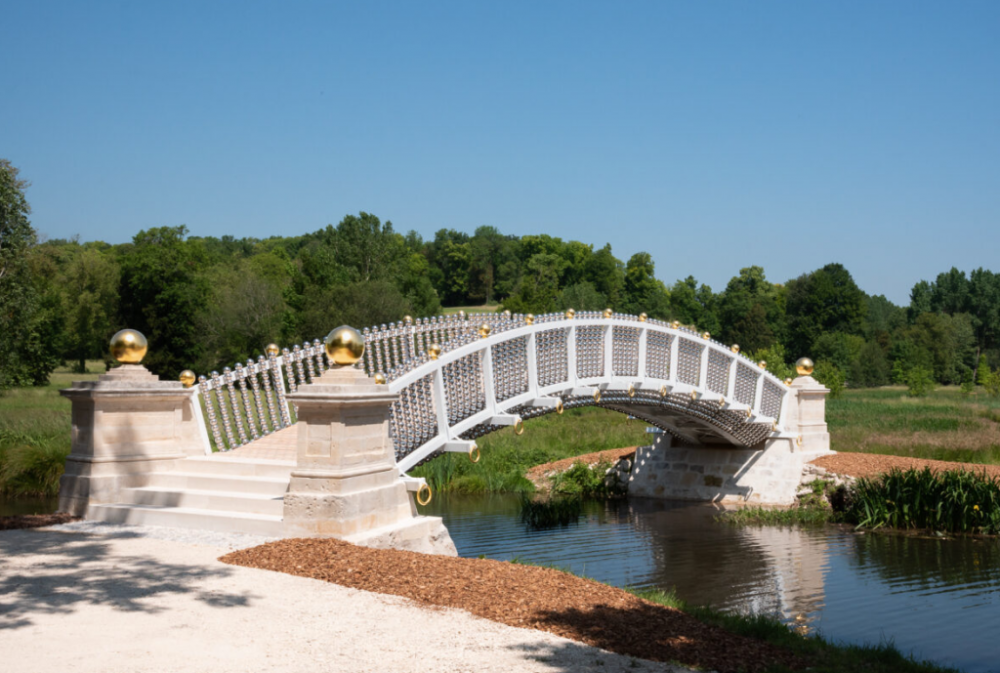
How did your fascination with gardens and flowers initially begin?
It started as a child because I was helping my grandmother in her vegetable garden to water the plants when I was four years old. It was something I really loved to do. I discovered flowers and plants with her. Then I started
to collect stories about flowers as a teenager and that’s how I made a book about the secret meanings of flowers published with the Louvre three years ago. When I was a student, as part of my art history studies, I learned about the history of gardens, how they evolved over the centuries and how they were different in different countries. I
enjoy gardens as a pure pleasure and every time I visit a country, the first thing I do is go see a typical garden of that civilisation, as it gives me an idea of where I am and how people live. Gardens are very important for me in terms of the connection with reality and with other people.
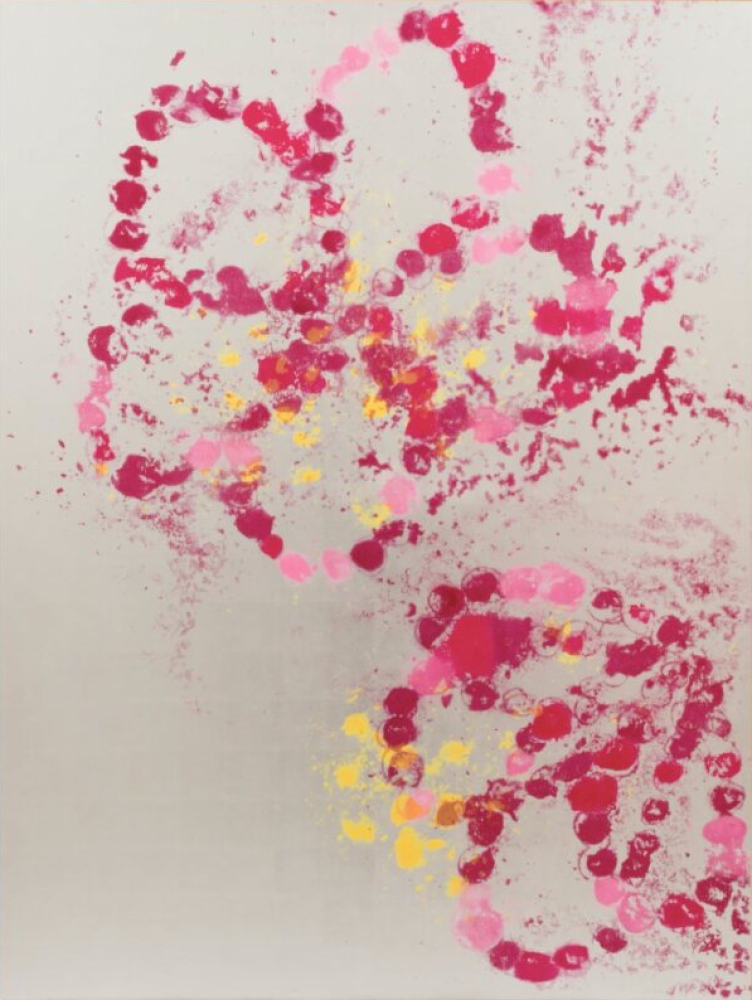
Why did you want to create a dream world of enchantment and illusion to transport visitors
to another space-time dimension?
It’s important because we are facing a very difficult period in terms of worldwide crises, with climate change, war and economic problems; there is so much pressure on people. I think as artists we need to give a space of freedom, a way to escape reality, find yourself again and be strong enough to come back to reality. It’s really what I’ve felt in my work for so many years, and today, it’s more and more important.
Also see: Belmond and Galleria Continua revitalise historical sites with art





























